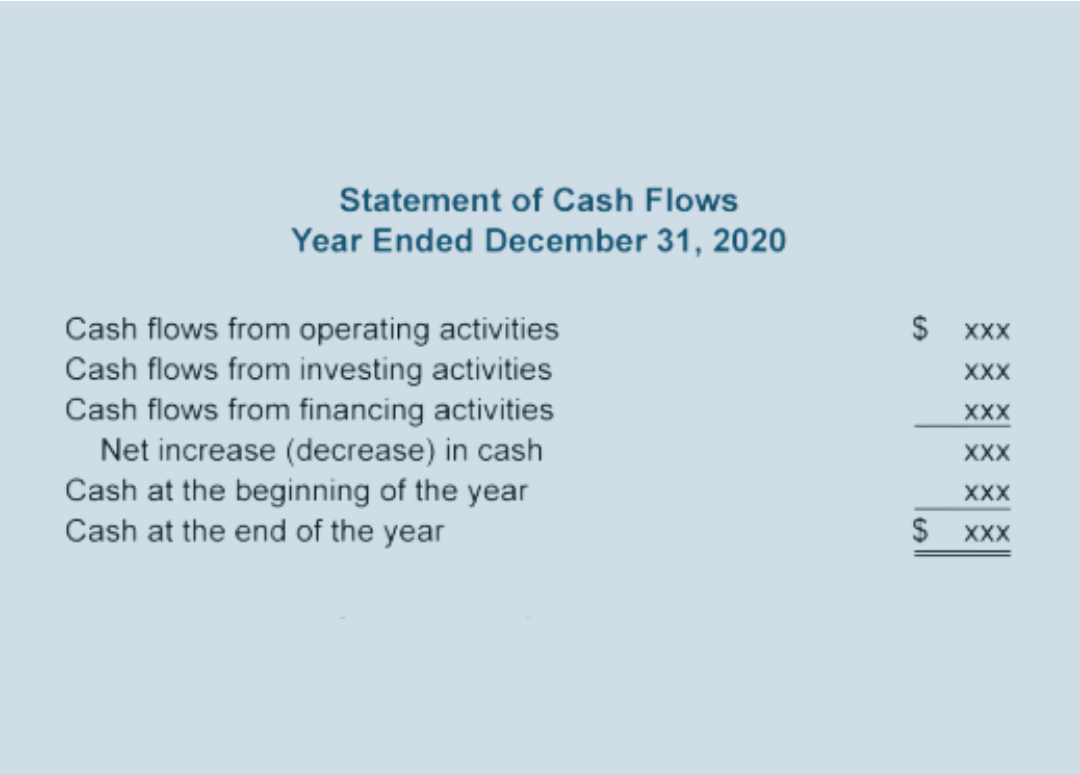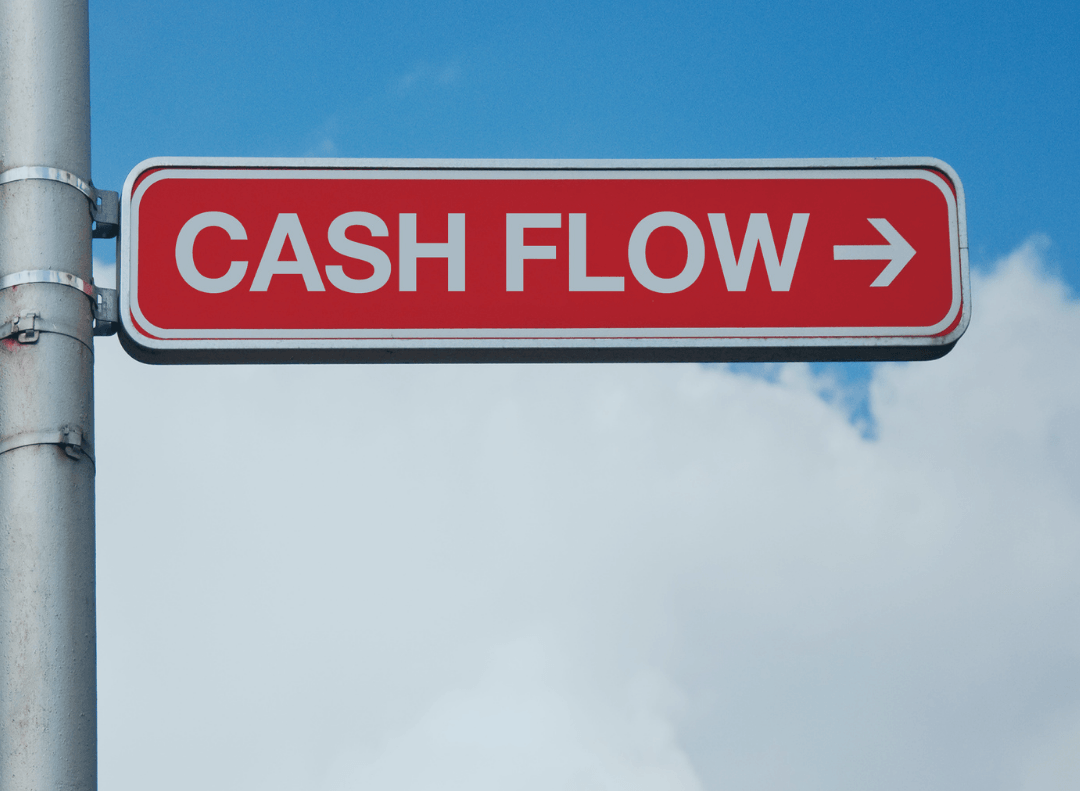How do you Calculate Operating Cash Flow
Operating cash flow (OCF) refers to the cash your business generates from its normal operations. Essentially, it shows how much cash flow you’ve made without taking secondary sources of revenues, such as interest or investments, into account.
This figure can give you a clear picture of how you’re doing financially on the core operations of your business. While a positive operating cash flow indicates your business has enough money to sustain and grow, a negative cash flow means that you’re unable to cover your expenses unless you borrow money, cut expenses, or
raise additional capital. Let’s take a closer look at how to calculate operating cash flow.
Operating Cash Flow Formula
When looking at how to calculate operating cash flow, there are two methods you can use to calculate it: the direct method and the indirect method. While the direct method is the easiest and most accurate, it requires reconciliation.
Direct Method: Operating Cash Flow = Total Revenue - COGS - Operating Expenses
The indirect method adds depreciation and adjusts for changes in cash receivables and inventory, adjusting the net income. It’s preferred by most businesses and investors.
Indirect Method: Operating Cash Flow= Net Income (Revenue – Cost of Sales) + Depreciation – Taxes +/- Change in Working Capital
Components of the Formula
Now that you know how to calculate operating cash flow and the components of the formula, here’s a brief overview of what they are and where to find them.
- Net Income: Net income is how much your business earns from its operations. It’s your company’s total revenue minus all expenses. You can find it at the bottom of your income statement.
- Depreciation and Taxes: Although depreciation and taxes are referred to as an expense on your income statement, they’re not always cash charges. Therefore, they’ll need to be added back to net income.
- Changes in Working Capital: Working capital is your current assets minus your current liabilities. You need to subtract any increase in assets and add back in any decrease.
Example
Let’s say your business sells tennis equipment and reports the following figures...
- Net Profit: $100,000
- Uncollected Customer Debt: $50,000
- Debt Owed to Suppliers: $10,000
- Depreciation Expense: $5,000 per year
If you use the indirect method to calculate operating cash flow, you’ll end up with $65,000.
$100,000 - $50,000 + $10,000 + $5,000 = $65,000
Need Help with How to Calculate Operating Cash Flow? Contact GrowthLab Today
At GrowthLab, we help small businesses like yours succeed. You can trust us to calculate your operating cash flow and make recommendations on how you can use it to increase your revenue and meet (or even exceed) your business goals. Contact us at 888.673.8481 for more information!
Other Blogs Related to Cash Flow





